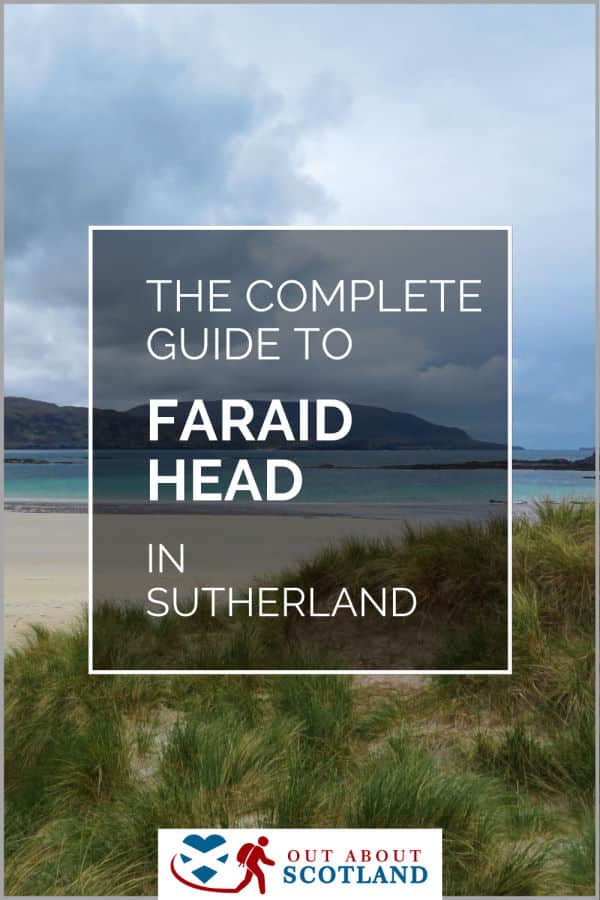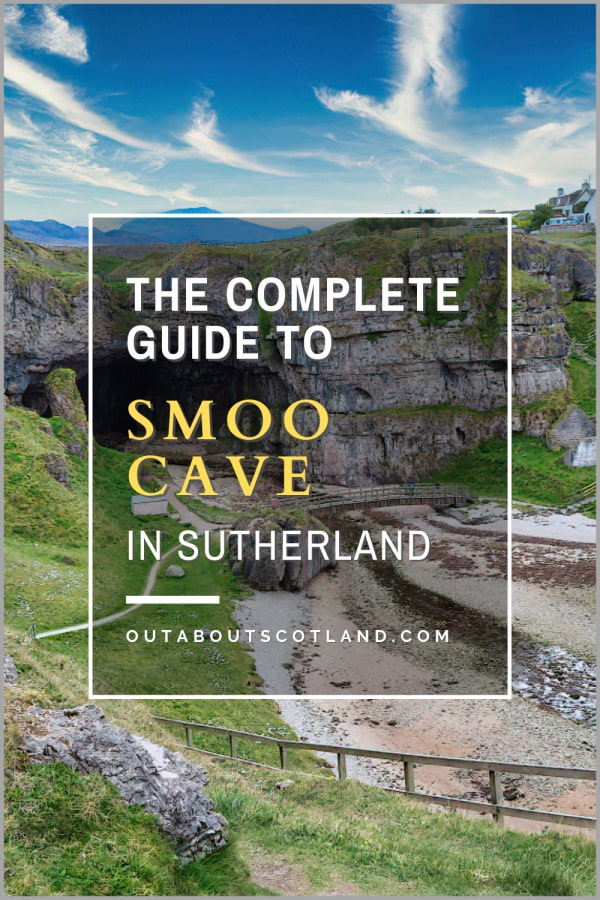Duncansby Head is situated 5 miles along the coast from John o’Groats in the county of Caithness, on a section of coastline that’s renowned for it’s rugged cliffs and the many bird species that ive on them. The area is popular with visitors due to the number of seabirds that live in the area, including puffins, which are frequently seen nesting on the immense rock pinnacles of the Duncansby Stacks.
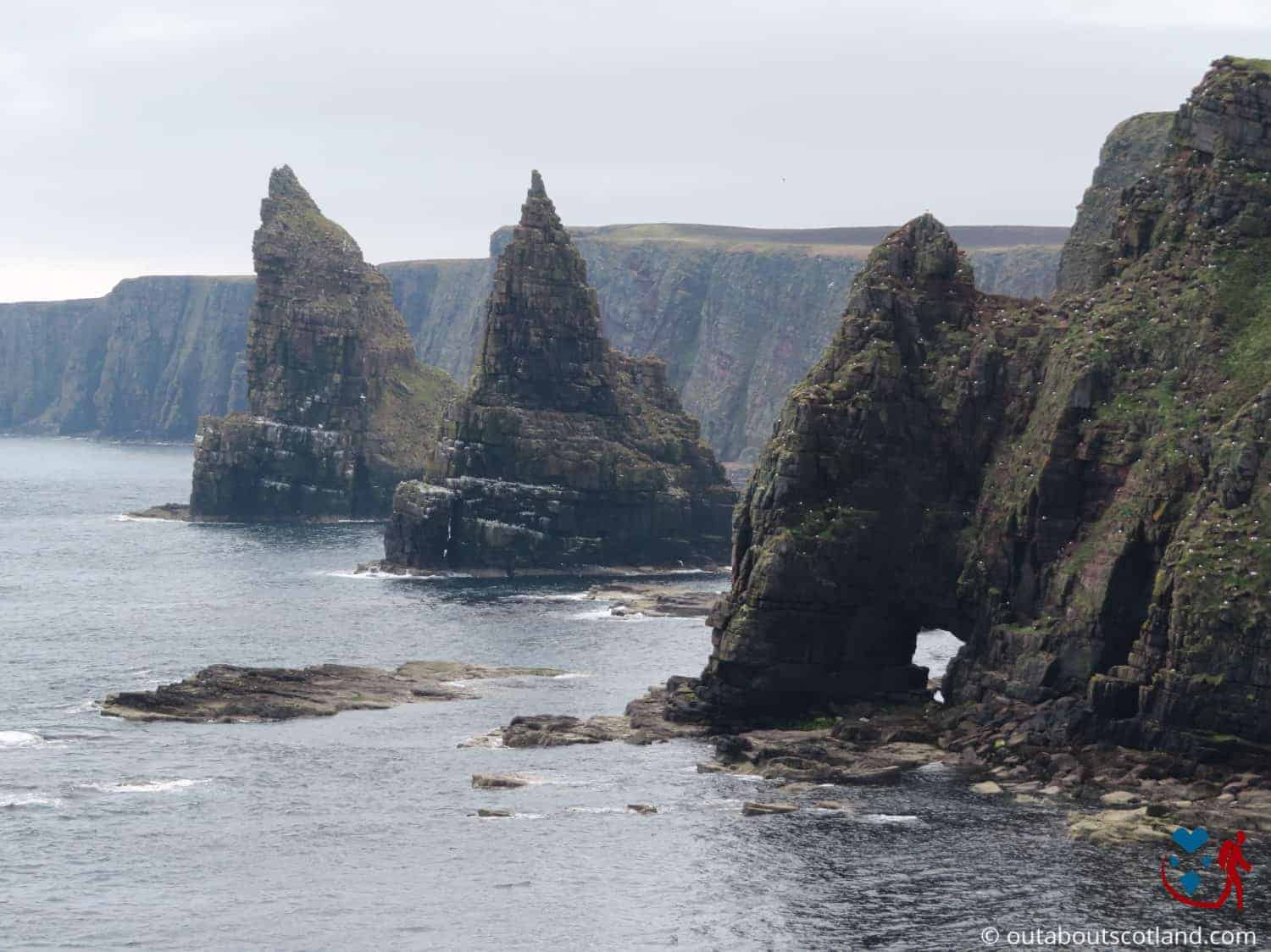
Overview
If you’ve ever toured the far north of Scotland, you’ve likely considered taking a look at the most northerly point of mainland Britain, at John o’ Groats. Maybe you want to see the amazing coastline in that part of the country, or perhaps go there as part of a North Coast 500 road trip.
Or maybe, like me, you’ve already visited Lands End and want to tick the box to say you’ve been both as far north and south as you can go on mainland Britain.
That was my main reason for visiting the tourist trap of John O’Groats, and while I have to admit the visitor centre is quite good, I was surprised when I found out the true northernmost point of mainland Britain is actually located to the west at Dunnet Head. What we have in the area near John O’Groats is the most north-eastern point of Britain’s mainland, which you’ll find a few miles to the east at Duncansby Head.
There are several points of interest along the walking trail that follows the coastline, from the white-sand beaches near the Ness of Duncansby to the Duncansby Lighthouse and the nearby Duncansby Stacks, and of course, not forgetting the dramatic Geo of Sclaites with its cacophony of nesting seagulls and puffins.
You’ll find lots of photo opportunities along the way, and as the return route can be completed at a leisurely pace in around 3 hours, it’s suitable for all ages. It’s not a long walk by any means at around 5 miles there and back, but it rewards at each step of the way with spectacular sea views towards Orkney, the monumental sea stacks at Duncansby Head, and a dizzying number of seabirds circling in gigantic squawking flocks at the Geo of Sclaites.
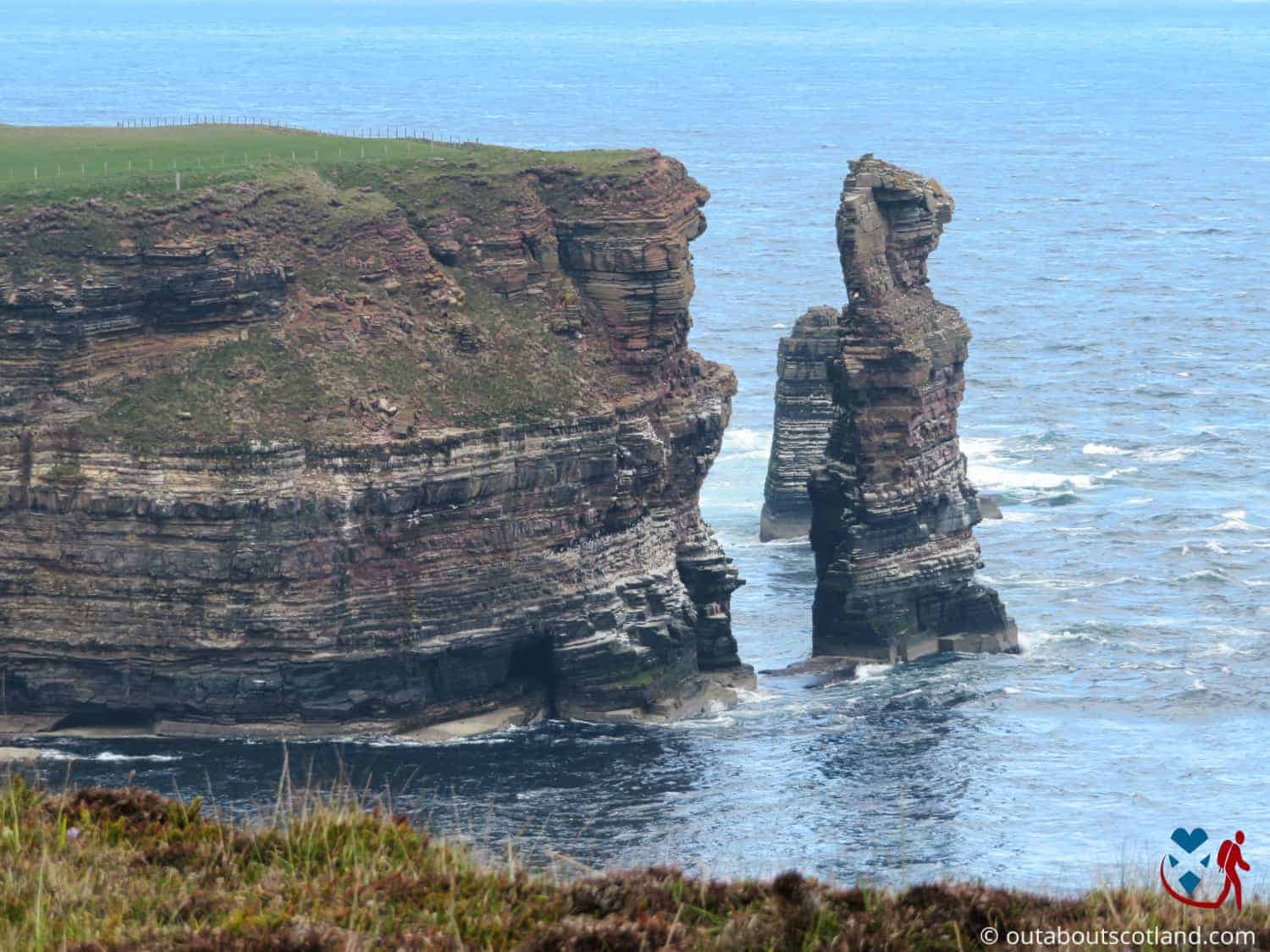
The Highlights
1: Duncansby Head is a straightforward walk from John O’Groats, so it’s easy to combine both locations in one visit.
2: The beaches that line this part of Caithness’s coastline are nice and clean, and the cliffs are full of wildlife. The walk is worth attempting even if you don’t make it all the way to the sea stacks.
3: The visitor centre at John O’Groats is excellent, and there are a couple of decent cafés on the site for a pre or post-walk lunch. It is, though, very busy during the tourist season.
Visiting Tips
1: Sannick Bay has a very picturesque beach and as the bay is shallow, it’s suitable for swimming in the summer. To get there, follow the track from John O’Groats heading east for one mile.
2: For another amazing coastal location, I recommend heading a few miles south to Castle Sinclair Girnigoe which is one of the oldest castles in Scotland. It’s set on dramatic cliffs 2 miles north of Wick (postcode KW1 4QT).
3: If you just want to see Duncansby Head and the stacks, you can drive to the lighthouse car park instead of the one at John O’ Groats. The walk from the lighthouse to the stacks is just 0.6 miles.
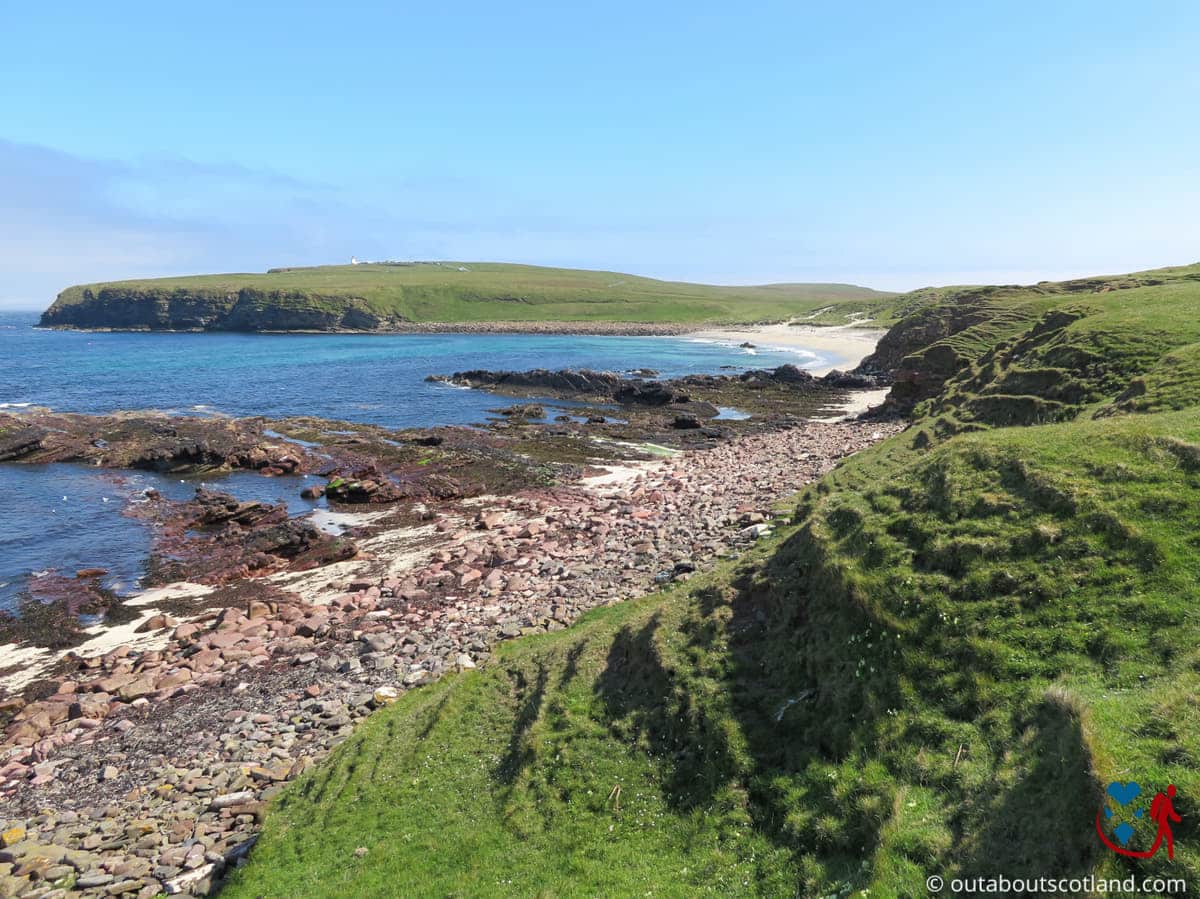
Tourist Information
This is a wild and untamed part of Scotland – think steep cliffs, windswept moors, and miles of uninterrupted coastline – and it’s one I wholeheartedly recommend you take the time to explore if you like the thought of going off-grid.
If you’re unfamiliar with John O’Groats and Duncansby Head, you might be wondering if it’s difficult to find, but rest assured, there are plenty of tourist signs pointing towards it from Wick in the south to Thurso further around the coast to the west, and it’s featured on all the free NC500 route maps.
Even so, I still recommend purchasing an Ordnance Survey map because there are so many great places to go for a walk, and a decent map is essential for making the most of the area. Buy OS Landranger maps direct from Ordnance Survey.
Following the trail from the famous signpost, the first landmark you’ll find is the Duncansby Head Lighthouse which is set on a windswept promontory that’s a favourite spot for marine wildlife watching. There’s a car park next to the lighthouse which is open to the public, but be aware it’s not very big and fills up quickly as it’s a favourite spot for campervans.
Once you get to Duncansby Head Lighthouse, built in 1924 but now unmanned, you’ll be able to explore the nearby Site of Special Scientific Interest at Duncansby Stacks that continues south to include the 4-mile stretch of coast further down at Skirza Head.

The stacks are just a 40-minute walk from the lighthouse across easy-going paths along the cliff edge, and while most people double-back once they get to the stacks, it’s actually possible to continue around the coast for another 17 miles all the way to Wick.
This is part of the 147-mile John O’Groats Trail that follows the coastline from Inverness to the famous northeastern headland. It’s an epic trek, and it’s one that’s frequently described as the best walking route in Scotland, if not Britain.
Duncansby Head is notable for its three sea stacks: one that’s still joined to the cliffs (with the ‘Thirle Door’ arch), and two others that are completely separate from the mainland. All three stacks are home to enormous seabird colonies, so it’s worth taking the time to watch them, especially if you have a pair of binoculars with you (link to recommended optics).
The bird colonies are an amazing sight, but to be honest, I was more impressed by the Geo of Sclaites – a vast gorge near the lighthouse. The chasm cuts right through the cliffs to the crashing waves more than a hundred feet below, and in every nook and cranny, you’ll see gulls and puffins clinging onto their wee rock perches.
Please note that in addition to the wildlife there are also farm animals grazing in the area, so if you have dogs with you, it’s recommended to keep them on a lead at all times.
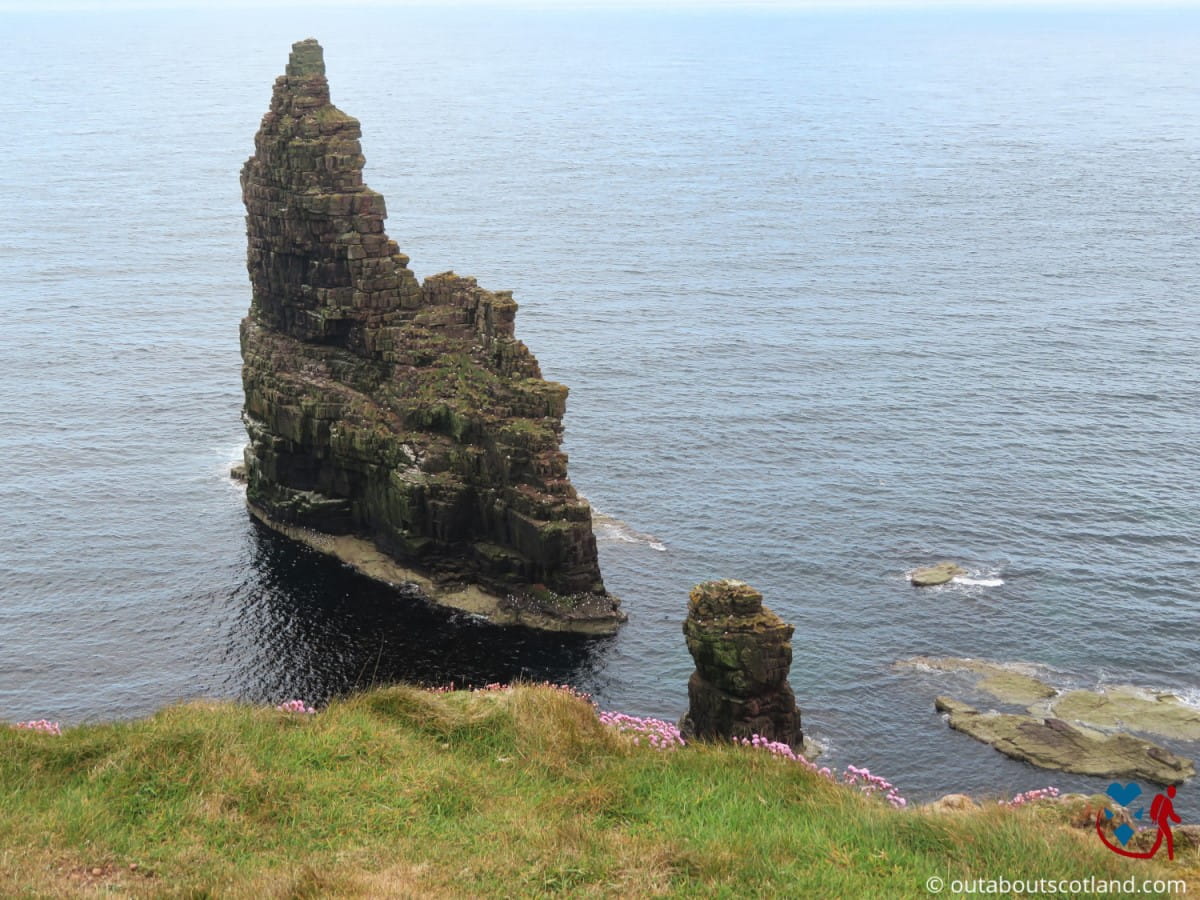
Things to Do
Explore Duncansby Head Lighthouse: Start your journey in this remote corner of Scotland with a visit to the Duncansby Head Lighthouse. Built in the 1920s, this stunning lighthouse perched on the cliffs offers panoramic views of the North Sea and the Orkney Islands.
Wildlife Spotting: Duncansby Head is a haven for wildlife lovers. The steep cliffs are home to large colonies of seabirds like puffins, razorbills, and guillemots. With a pair of binoculars (link to binocular reviews), you can watch these birds in their natural habitat and if you’re lucky, you might also spot seals basking on the rocks below or even catch sight of passing whales or dolphins.
Walk to the Duncansby Stacks: For the adventurous, a hike to the Duncansby Stacks is a must. These dramatic sea stacks, carved by centuries of erosion, rise from the sea to a height of 200 feet (60 metres). The trail is relatively easygoing and features stunning views from start to finish, making this a truly memorable walk.
Visit John O’Groats: Just a short drive from Duncansby Head is John O’Groats, known for being the northernmost point of mainland Britain. Enjoy a meal at the local restaurant, shop for souvenirs, or take a ferry ride to the Orkney Islands for a day trip.
Photography at the Geo of Sclaites: Lastly, don’t miss the opportunity to capture the breathtaking Geo of Sclaites. A geo is a narrow sea inlet, and this one is particularly impressive. The dramatic cliffs, crashing waves, and rock formations that are home to hundreds of nesting birds make this an ideal spot for photography.
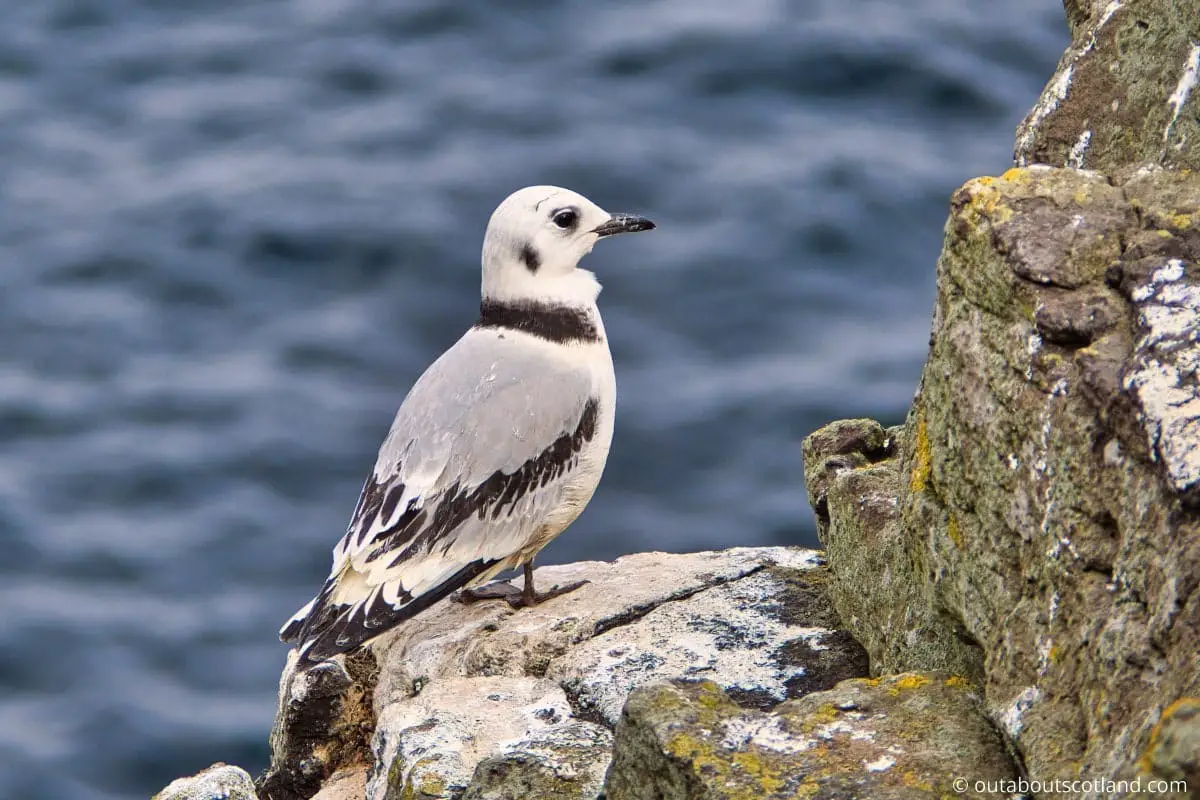
Things to Do Nearby
John O’Groats. Wick, KW1 4YR. 30-minute walk.
This tourist attraction is attributed as the most northerly point on mainland Britain and the signpost overlooking the harbour is one of the most-photographed attractions in Scotland. The visitor centre is well-equipped for tourists with cafés, shops and hotel accommodation. In addition, there are beautiful coastal walks in either direction.
Wick. Wick, KW1 5EN. 24-minute drive.
One of the largest towns in Caithness, a hundred years ago it had one of the busiest herring fishing industries in the world. Today, many visitors use Wick as a base to explore the remote surrounding area. The town centre has modern conveniences such as food stores, restaurants and petrol stations.
Castle and Gardens of Mey. Mey, Thurso, KW14 8XH. 14-minute drive.
A restored fortress overlooking the North Sea that features extensive grounds. The castle dates from the 16th century was the home of the Queen Mother before opening to the public. There is a gift shop and a café on site.
Nybster. Nybster, Wick, KW1 4XR. 12-minute drive.
A much-visited coastal region that has a variety of wildlife walks along the seafront where visitors can watch puffins, seals and a variety of seabirds. There are also several brochs (ancient fortifications) in the area.
Bay of Sannick. Wick, KW1 4YS. 12-minute walk.
Picturesque bay with a golden sand beach that is an easy walk from Duncansby Head. The surrounding machir fields often have sheep in them therefore it is not advisable to take dogs.
Frequently Asked Questions
How tall are the Duncansby Stacks?
The Duncansby Stacks, located in the northeastern part of Scotland, are approximately 197 feet (60 meters) tall.
What are the stacks of Duncansby?
The Duncansby Stacks are sea stacks located just off the shore of Duncansby Head on the most northeastern point of mainland Britain.
How old are the Duncansby Stacks?
The Duncansby Stacks are composed of Old Red Sandstone which is estimated to be 400 million years old. The sea stacks were formed 6,000 years ago when erosion from the North Sea weathered away the surrounding rocks from the cliffs.
Can you park overnight at Duncansby Head?
Overnight parking is not allowed at Duncansby Head. There is a visible sign that says ‘No overnight stays between 10 p.m. and 8 a.m.’.



